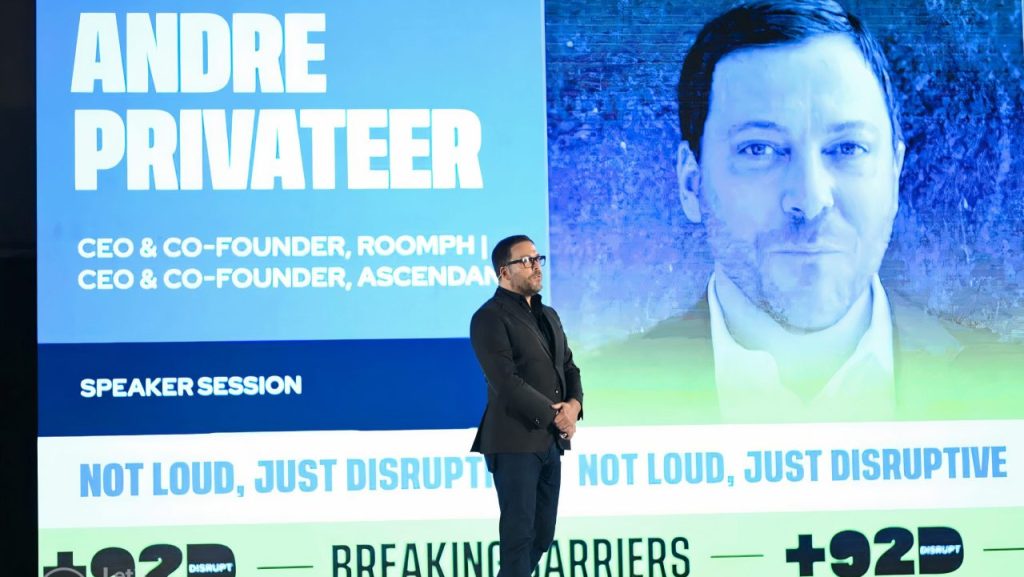Non-fungible Tokens (NFTs) isn’t a phrase you hear all too often unless you’ve been following events in the broader blockchain industry, which is a bit of a shame, because it really does seem set to change the entire digital economy. In this guide, I hope to explain in an easily digestible manner what NFTs are and why they can transform commerce as we know it.
NFTs are the trend that’s keeping crypto traders, entrepreneurs, and investors up late into the night. It’s what allows crypto to tap into the potential of the consumer market. They are easily one of the boldest moves yet in crypto, requiring a blending of several industries onto a single platform: blockchain, cryptography, games, and entertainment.
Now you probably know what blockchain is — it’s that thing that makes cryptocurrencies like Bitcoin and Ethereum so secure and easy to use. A lot of people also think that NFTs and ERC-721 tokens are just another way for people to play with their toys on digital platforms. But they couldn’t be more wrong.
Non-fungible tokens (NFTs) are the new major craze in the cryptocurrency space. Their value is seeing tremendous growth — but what exactly are they, and why are some worth thousands and even millions of dollars?
What is Blockchain and How does it work?
Blockchain is the main technology behind Bitcoin. Cryptocurrencies like Bitcoin are making headlines these days, and if you haven’t heard of them before, you might be wondering what the hype is all about. The name sounds like it has something to do with finances. So let’s break it down and see how blockchain works, what cryptocurrencies are, and why the whole thing matters for marketers.
Blockchain is a technology that allows users to make and verify transactions securely, without the help of a third party. It is a public ledger that keeps a permanent record of all transactions. The technology uses a shared distributed network that everyone can access. If you’ve heard the term “cryptocurrency,” it’s just digital coins that can be transferred digitally to anywhere in the world. Some of these coins are called tokens.
How do NFTs work?
So you’ve probably heard of CryptoKitties, right? If not, CryptoKitties is a breeding game on blockchain where you can collect and breed cute digital cats. The game made headlines last year, with users paying over $100,000 for their very own kitty.
So what are NFTs? Non-fungible tokens (also known as NFTs) are blockchain-based assets that are unique. They are represented by tokenized digital assets, each one of which is different from another. NFTs are essentially the opposite of fungible tokens. Fungible tokens are all the same type of asset recorded on a blockchain.
NFT is an asset whose single units are each unique. It cannot be divided into smaller parts. The concept of NFTs is nothing new, but it has come into its own in the past few years as blockchain technology has matured and developers have started using ERC 721 – a standard for non-fungible crypto assets.
What’s so special about NFTs?
Non-fungible tokens (NFTs) are cryptographic items that are unique, meaning they cannot be copied or destroyed. They will always exist in the state they were created in. NFTs can represent ownership of physical goods, digital goods, or intangible value. These virtual goods are also unique, which is what sets them apart from other tokens. NFTs are likely to have unique characteristics useful outside of the use-case for which they are created. For example, the Kittoken is used to prove ownership of a particular cat.
Non-fungible tokens (NFTs) are tokens generated on the blockchain that is unique and cannot be duplicated or created by anyone else. NFT Tokens are unique digital assets that are divisible, unique, and finite. They can be owned, sold, or traded between parties on the Blockchain. NFTs allow users to buy unique digital assets that cannot be copied or generated by anyone else. This makes them perfect for video games, collectibles, real estate transactions, and many more use cases.
NFTs and their uses?
Non-Fungible Tokens (NFTs) used in gaming? What kind of crazy idea is that? It isn’t crazy, it makes sense. Let’s look at 2D game art and collectibles for this example. Collectibles are referred to as ‘non-fungible because every card has unique attributes like all other collectibles like comics, vinyl, or sneakers. Collectible cards are non-fungible because they can’t all be used interchangeably. Each collectible card has unique attributes about it like an autograph embedded on the album cover or a signature on the contract for shoes. That means there isn’t another card like it.
Non-fungible tokens are typically used in games, but the idea can be extrapolated to other applications. By encoding properties into tokens, users can make trades directly, without an intermediary present.
Art Collectables Storage – NFTs can be used to verify the authenticity and provenance of artworks, collector’s items, and other collectibles. Traders on the DEX platform will have the ability to issue tokens that represent a unique piece of digital or physical art for example a sculpture, a painting, a piece of jewelry, a vintage car, etc.
Collectible digital art is one of the most interesting use cases for blockchain. Collecting images of your favorite characters has never been easier, with NFTs you can prove ownership of your on-chain assets without the need for a centralized database.
How are NFTs created?
Yes, NFTs, or Non-Fungible Tokens, are all unique and differ from one another. There are typically two ways NFTs can be created: (1) creating a token for ERC20 where the same token is used over and over with slight variations (e.g. minting tokens on an assembly line), or (2) create a non-fungible token using ERC721 where every instance of a token is different and allowed to be traded (e.g. stamp collecting).
Non-fungible tokens (NFTs) are digital objects that are unique or ‘one-of-a-kind’. Unlike cryptocurrencies like Bitcoin or Ethereum, NFTs can’t be divided up. They’re intended to not be interchangeable because they hold specific pieces of data like an artwork, a virtual good in a game, land ownership in a virtual world, etc. Widespread adoption is still being debated but it’s clear that NFTs are the next frontier in the blockchain industry. With that said, some well-known projects have gained significant traction.
NFTs and Monetizing them
Trading ownership of a physical thing for access to a digital product can be difficult. But thanks to the advent of non-fungible tokens (NFTs) an increasing number of digital products are being monetized using these digital assets. You could argue that trading in possession for rights is much easier than raising capital in exchange for equity in a project that may take years to reach its potential, but don’t tell that to our lawyers.
They’re the equivalent of collectibles, like baseball cards, which people are willing to spend real money for. Because of their uniqueness, NFTs can be sold for thousands of dollars. NFTs are the latest craze in the live streaming industry and esports (competitive gaming) has caught on very quickly. Hundreds of thousands of viewers tune in to watch their favorite streamers play popular video games like Fortnite and Overwatch while collecting virtual skins and items worth thousands of dollars.
Uniqueness of NFTs
Yes, each NFT is unique. That means you will never find two identical tokens. While the token might look the same, it does not mean it is the same one. It has its history and can be traced back to a specific moment in time – for example, an Esports tournament – and will be unchangeable and indelible.
Each non-fungible token has its uniqueness depending on the game or platform that created it. Many people believe that NFTs are simply unique real-world assets labeled with a cryptographic certificate.
Future of NFTs?
NFTs are used as the swapping instruments for buying virtual objects for games, or as collectibles on blockchain platforms. They are an emerging asset class that has the potential to become a key ingredient of gaming, virtual collectibles, real estate, online dating, fundraising, ticketing, and beyond.
NFTs are extremely customizable. NFTs will allow users to have more power over the way that they are represented on the blockchain. It will also be easier for users that are less computer literate to interact with blockchain applications.
Non-fungible tradable tokens will play a pivotal role in the future of e-commerce from both a buyer and seller perspective. NFTs are tokens that are and will be used in the future to trade or transfer digital assets. They’re built upon the Ethereum blockchain and have been gaining a lot of traction lately.
Conclusion:
With more than $200 million of non-fungible tokens (NFTs) sold on decentralized gaming platform Crypto kitties alone, it’s clear that this new form of token is all the rage. But if you’re like me, you may not understand what exactly NFTs are. It all sounds complicated, but the fact is that NFTs can be extremely beneficial to game developers and game players alike.
They are the next step in the evolution of virtual assets. But many people don’t know what NFTs are, let alone the potential uses. NFTs have finally escaped the shadow of their ICO-created notoriety. They’re starting to live up to their potential and can be found in numerous industries. It’s only a matter of time before the mainstream catches on.




